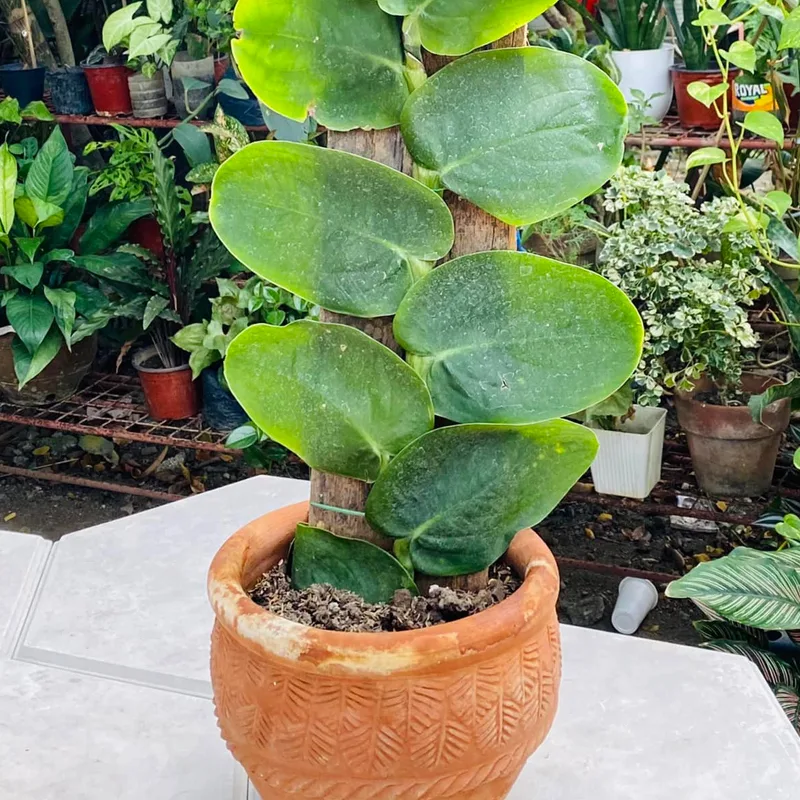
What is Angelica Sinensis?
Angelica Sinensis, commonly known as Dong Quai or female ginseng, is a perennial herb native to China. It’s well-regarded in Traditional Chinese Medicine (TCM) for its health benefits, particularly for women’s reproductive health. The plant belongs to the Apiaceae family, which also includes parsley, celery, and carrots.
107 Species in Genus Angelica
What is Angelica Sinensis Good For?
Angelica Sinensis is most renowned for its use in TCM to support women’s health. It is often employed to help balance menstrual cycles, relieve menstrual cramps, and alleviate symptoms of menopause. Beyond reproductive health, it’s also used to improve blood circulation, boost energy, and support overall well-being. Some believe it can help with digestive issues and skin conditions as well.
Is Angelica Root the Same as Angelica Sinensis?
Yes, Angelica root typically refers to the root of Angelica Sinensis. This is the part of the plant most commonly used in herbal remedies. Angelica Sinensis root is dried and processed into various forms, including teas, powders, and capsules, for its medicinal properties.
Is Angelica Sinensis Effective for Hot Flashes?
Angelica Sinensis is frequently used in TCM to manage menopausal symptoms, including hot flashes. While some anecdotal evidence and traditional uses suggest it can be effective, scientific research is still ongoing. It’s essential to consult with a healthcare professional before using it for this purpose.
Is Angelica Sinensis Estrogenic?
Angelica Sinensis does have estrogenic properties, meaning it can influence estrogen levels in the body. This is why it is often used in treating menopausal symptoms and menstrual issues. However, its effects are not as potent as synthetic estrogen, and its use should be monitored, especially for individuals with hormone-sensitive conditions.
How to Grow Angelica Sinensis?
Growing Angelica Sinensis requires a bit of patience and care. It prefers a temperate climate with well-drained soil. Start by planting seeds in early spring or fall. The plant needs partial to full sunlight and should be kept moist but not waterlogged. It typically takes about two years for Angelica Sinensis to mature and produce harvestable roots.
How to Care for Angelica Sinensis?
Proper care for Angelica Sinensis includes ensuring it has adequate water and well-drained soil. Regular weeding and mulching can help maintain soil moisture and prevent competition from other plants. The herb is fairly hardy but may need protection from extreme weather conditions.
Can You Grow Angelica Sinensis Indoors?
Growing Angelica Sinensis indoors can be challenging due to its size and light requirements. If you’re set on growing it indoors, you’ll need a large pot and a sunny location or grow lights to mimic its natural conditions. It’s generally easier to grow it outdoors where it has more space.
Where to Buy Angelica Sinensis?
You can find Angelica Sinensis at health food stores, specialty herb shops, and online retailers. When purchasing, look for reputable sources to ensure the quality and authenticity of the herb. If you’re considering it for medicinal purposes, consult with a healthcare provider for recommendations on where to buy and how to use it.
Is Angelica Sinensis the Same as Queen Anne’s Lace?
No, Angelica Sinensis is not the same as Queen Anne’s Lace. Queen Anne’s Lace, also known as Wild Carrot (Daucus carota), is a different plant altogether, although it belongs to the same Apiaceae family. Angelica Sinensis has distinct medicinal uses and characteristics compared to Queen Anne’s Lace.
Is Angelica Sinensis the Same as Angelica Tree?
Angelica Sinensis is not the same as Angelica Tree. Angelica Tree, or Angelica Archangelica, is another species within the Angelica genus. While both share the name “Angelica,” their uses and properties differ. Angelica Archangelica is often used for its digestive and respiratory benefits, whereas Angelica Sinensis is more focused on women’s health.
Angelica Sinensis vs. Angelica Archangelica
When comparing Angelica Sinensis with Angelica Archangelica, it’s crucial to note their different applications. Angelica Sinensis is primarily used for reproductive health, while Angelica Archangelica is known for its digestive, respiratory, and circulatory benefits. Their growing conditions, though similar, cater to their specific uses.
Is Angelica Sinensis Toxic?
Angelica Sinensis is generally considered safe when used appropriately. However, excessive consumption can lead to side effects such as digestive issues or allergic reactions. It’s important to use it under the guidance of a healthcare professional, especially if you have underlying health conditions or are taking other medications.
Benefits of Angelica Sinensis
Angelica Sinensis offers several health benefits, particularly for women’s health. It can help regulate menstrual cycles, ease menstrual cramps, and manage menopausal symptoms. Its potential benefits for blood circulation and overall vitality make it a valuable herb in TCM.
Common Problems with Angelica Sinensis
One common issue with Angelica Sinensis is its long maturation period. It can take up to two years to harvest the roots, which may be impractical for some gardeners. Additionally, its need for specific growing conditions can be challenging to meet in non-temperate climates.
Conclusion
Angelica Sinensis, with its rich history in TCM and numerous health benefits, is a fascinating herb. Whether you’re interested in its medicinal properties or considering growing it yourself, understanding its characteristics and uses can help you make informed decisions. Always consult with a healthcare provider for personalized advice and guidance on incorporating Angelica Sinensis into your wellness routine.
If i die, water my plants!



